RAUL ILLARRAMENDI, Drawing the traces of time
As soon as you enter Raul Illarramendi’s studio, you feel the dynamic creative energy of this Venezuelan artist. Having left Venezuela 18 years ago, he reconnects with his origins in his latest work. Fascinated by the traces of time and their identity, he investigates in his new exhibition “Offerings” the story of the double cross that feel off the roof of Caracas Cathedral during the earthquake in 1967. He reproduced the imprint of the cross silhouette on the asphalt with high-precision and impresses the spectator with his large size pencil-paintings by applying a technique that employs drawing in an unusual way.
Raul Illarramendi lives and works with his wife, the artist Georgia Russell, and their two children next to Paris. His work is regularly shown in solo and groupe shows in Europe, Latin America and the United States.
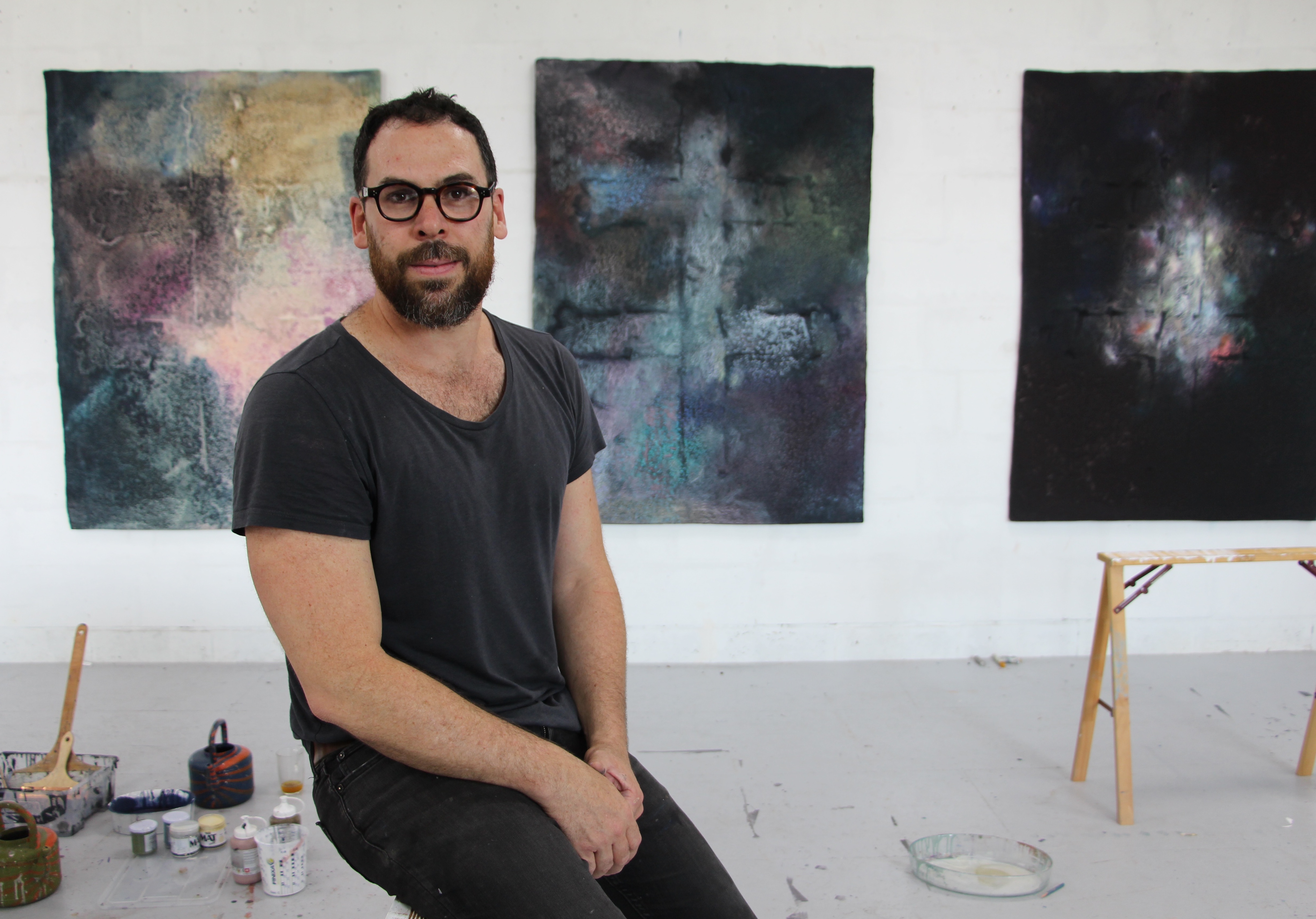
You’re from Venezuela where you began your artistic training in Caracas as the assistant of the painter Felix Perdomo. You continued then your studies in Evansville in the United States before moving to France and doing an MA of visuel arts at the University Jean Monnet in Saint Etienne.
Now you live and work next to Paris, in Méru, with your wife, the Scottish artist Georgia Russell, and your two kids.
What a journey driven by your passion for art !
What did you learn in each country in terms of art and the way of approaching it as a painter?
Even though I’ve lived in these countries for long periods of time, I don’t consider myself as a well-traveled individual. Now don’t get me wrong, I’ve been to places, but my work has always anchored me down. I like absorbing the identity of the place I’m in, and that takes time. I think that artists look inwards before they look outwards. In my case I need to know where I am and what the context is in order to create. Every place, every studio has brought a different experience, taught a different lesson and left traces that have shaped my identity as a painter.
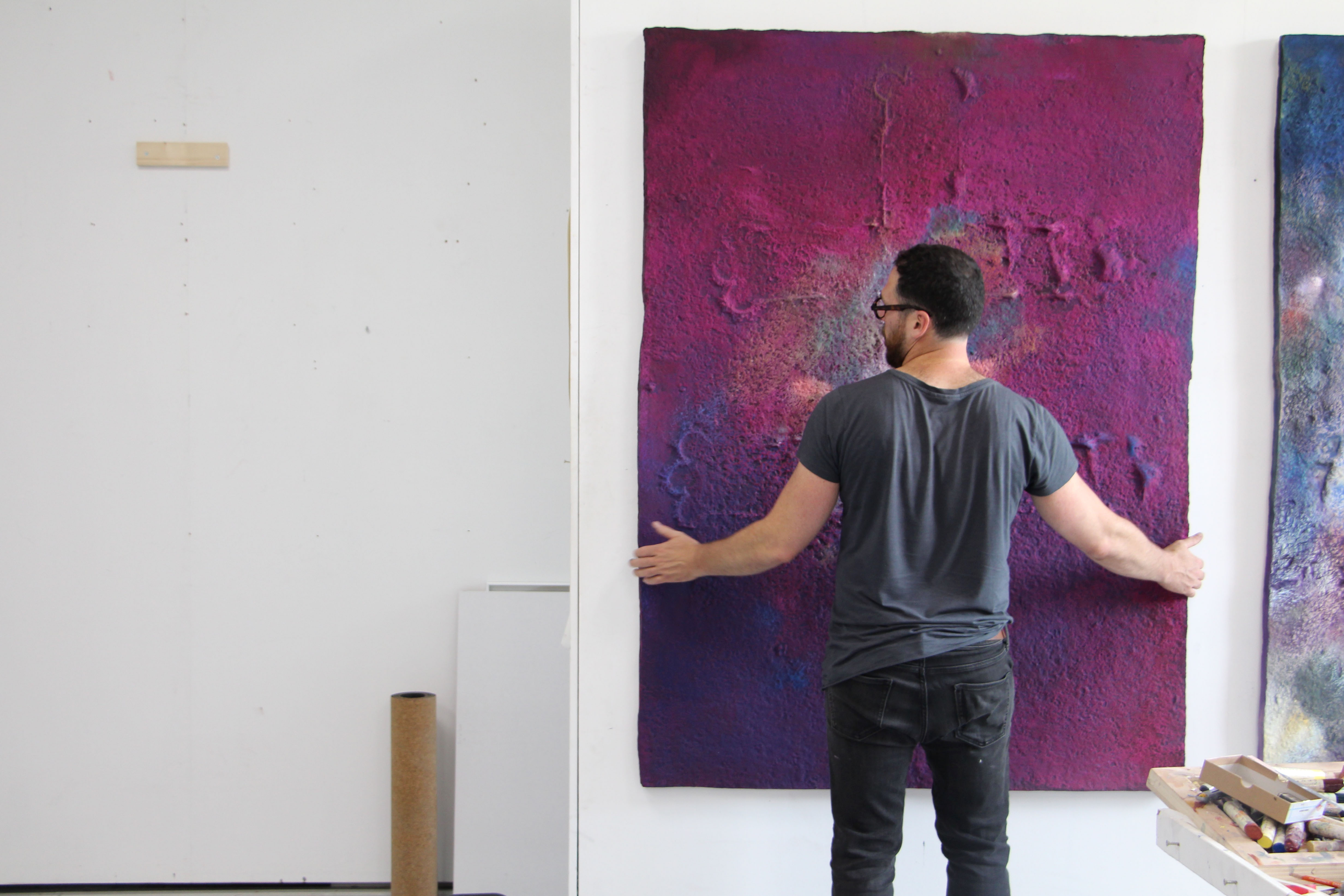
These traces of life are a very important subject in your work, expressed through traces of dust, dirt, scratches or fingerprints on walls, on doors, in an urban environment that usually people like to erase or clean up. You however reproduce them by showing every single detail in your very own style.
Yes, but to me the whole picture is as important as the detail. Perhaps it is my fault, that the physicality of that new surface lures the viewer towards the detail. Every trace represents an individual event, identity, intentionality, an accident that I construct, compose and control. Then there is the composition.
“I really think more of the traces of history rather then the history of traces.”
Since the beginning of abstraction, many artists have looked into these stains, willingly or not, like a throw of dice, searching for a Gestalt.
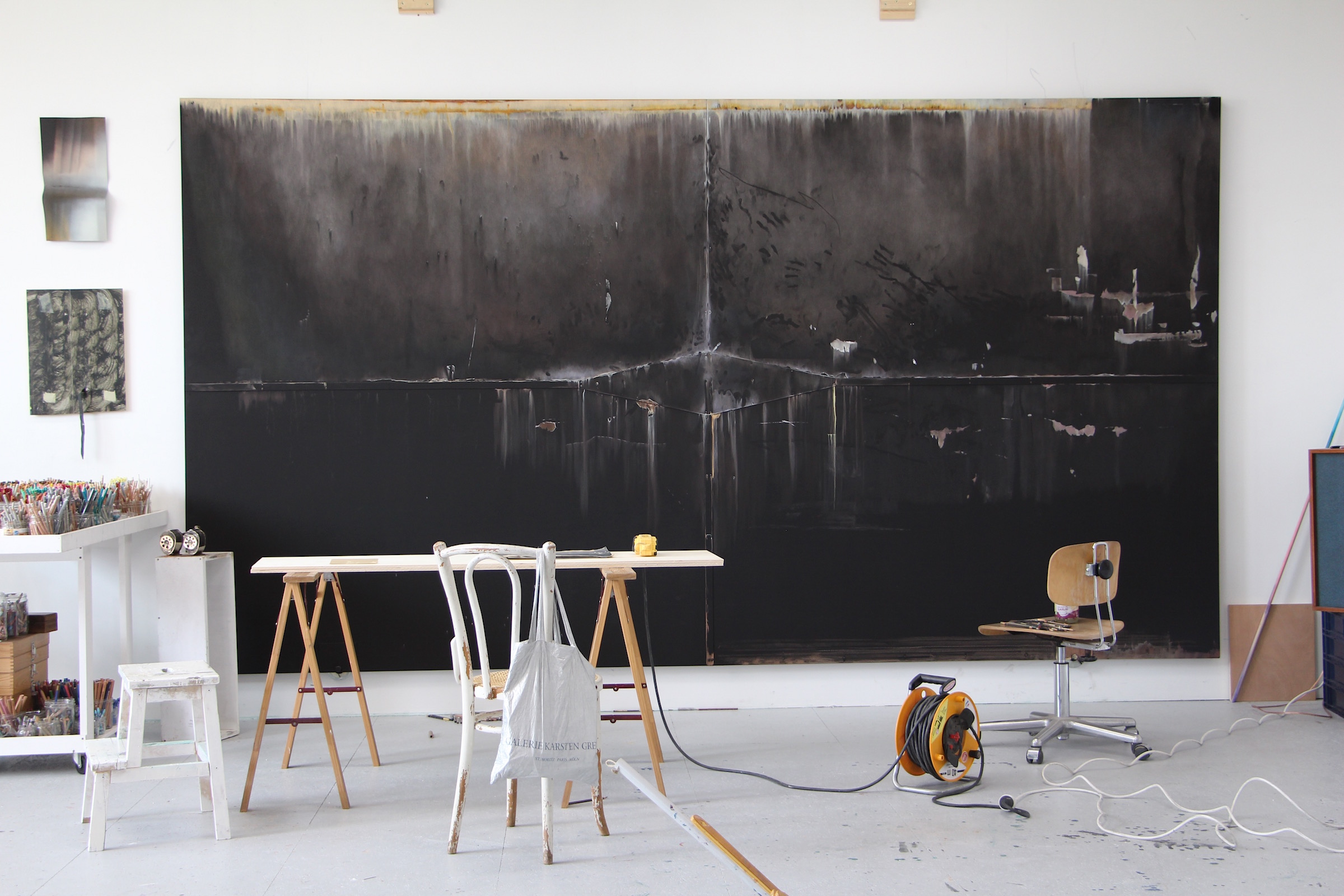
Talking about accidents and control, do you like to let go sometimes and accept unpredictable accidents while working on a new painting? Or are you an absolute control freak ?
I don’t control everything, no.
It is true that I like pushing drawing as far as I can into its technical frontiers. There are remarkable artists that push much further, to the point of erasing the hand. I know my limits and have learned to use those limitations as yet another tool. If you solve all the problems technically, then there is nothing left to solve. And painting is about solving problems.
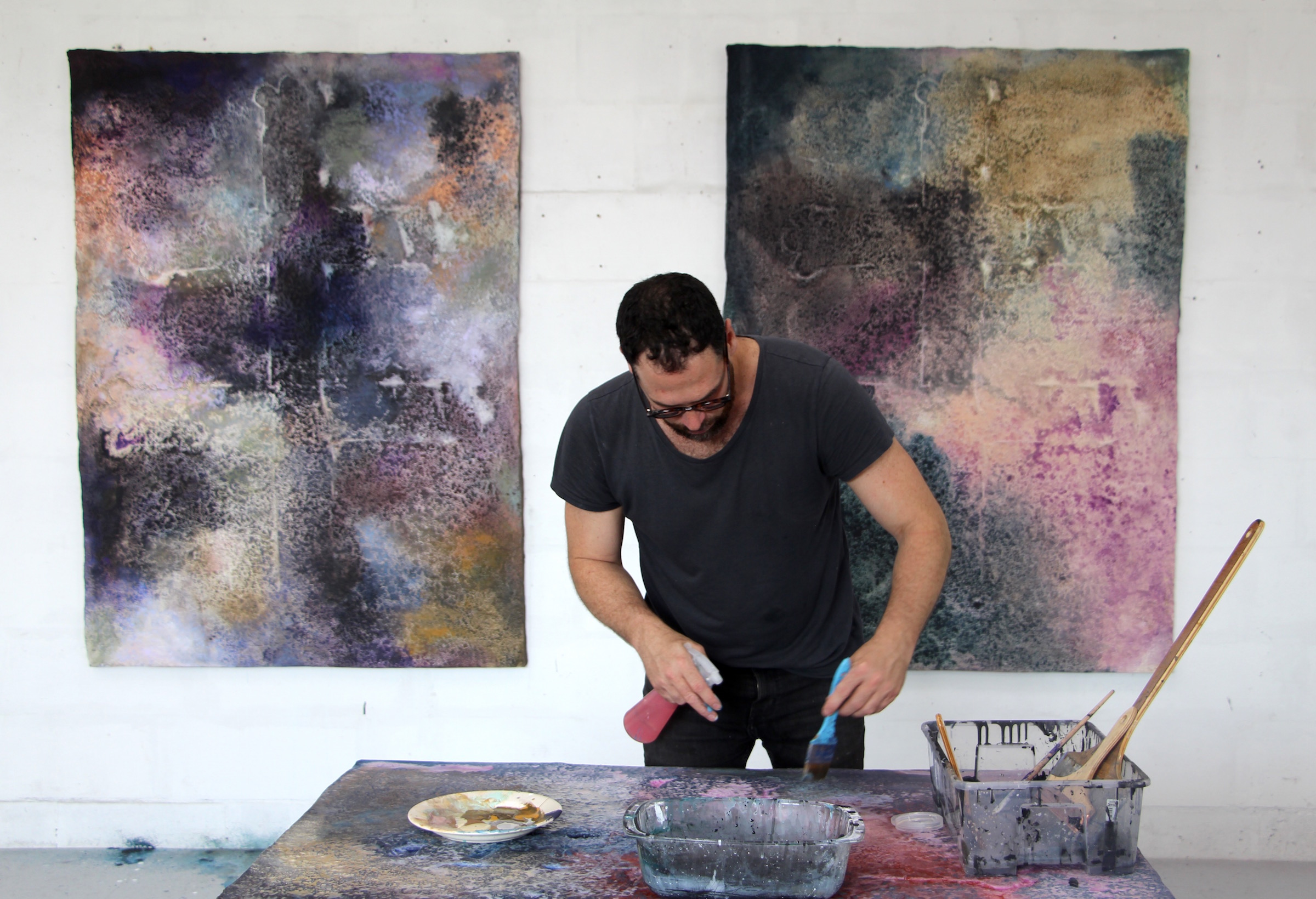
And if you’re not finding a solution, do you ask your wife, the Scottish artist Georgia Russell, for her advice or opinion when you feel stuck with a painting?
We do visit each others studios to give our opinions, specially at the most critical moments, when we are hating and doubting everything before a show. We encourage what’s good and call out the bad choices. Even though I would agree to being less accepting when it comes to criticism, we both come out stronger at the end.
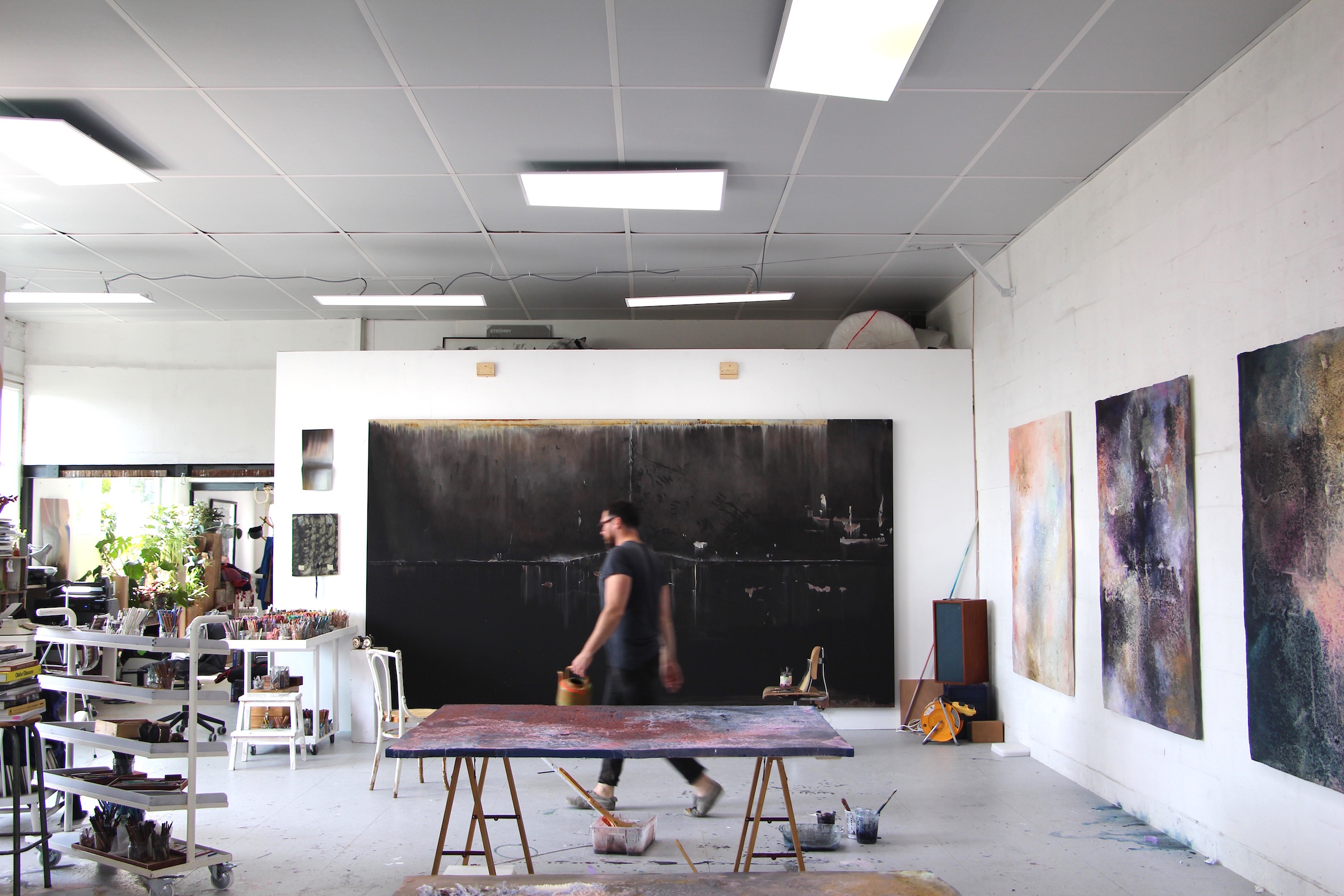
Right now you’re showing your latest exhibition “Offerings” at Gallery Karsten Greve in Cologne that is about the traces of the cross of the Cathedral in Caracas that feel from the rooftop during the big earthquake in 1967 that hit the city.
Was it important for you to reconnect again through your recent work with Venezuela that you’ve left 18 years ago?
Yes, distance and time became catalysts for this series. Like many of my subjects this project came to me without looking for it. The premise was very simple. A spiritual event that sits on a historic account full of wholes, a symbolic metaphor to the current state of crisis in the country, a personal connection and a painting challenge.
“It has been two years since I started the project and in that time you encounter a great amount of meaningful connections to life, to history, to people and to yourself. It has definitely brought me back to the place where I was born.”
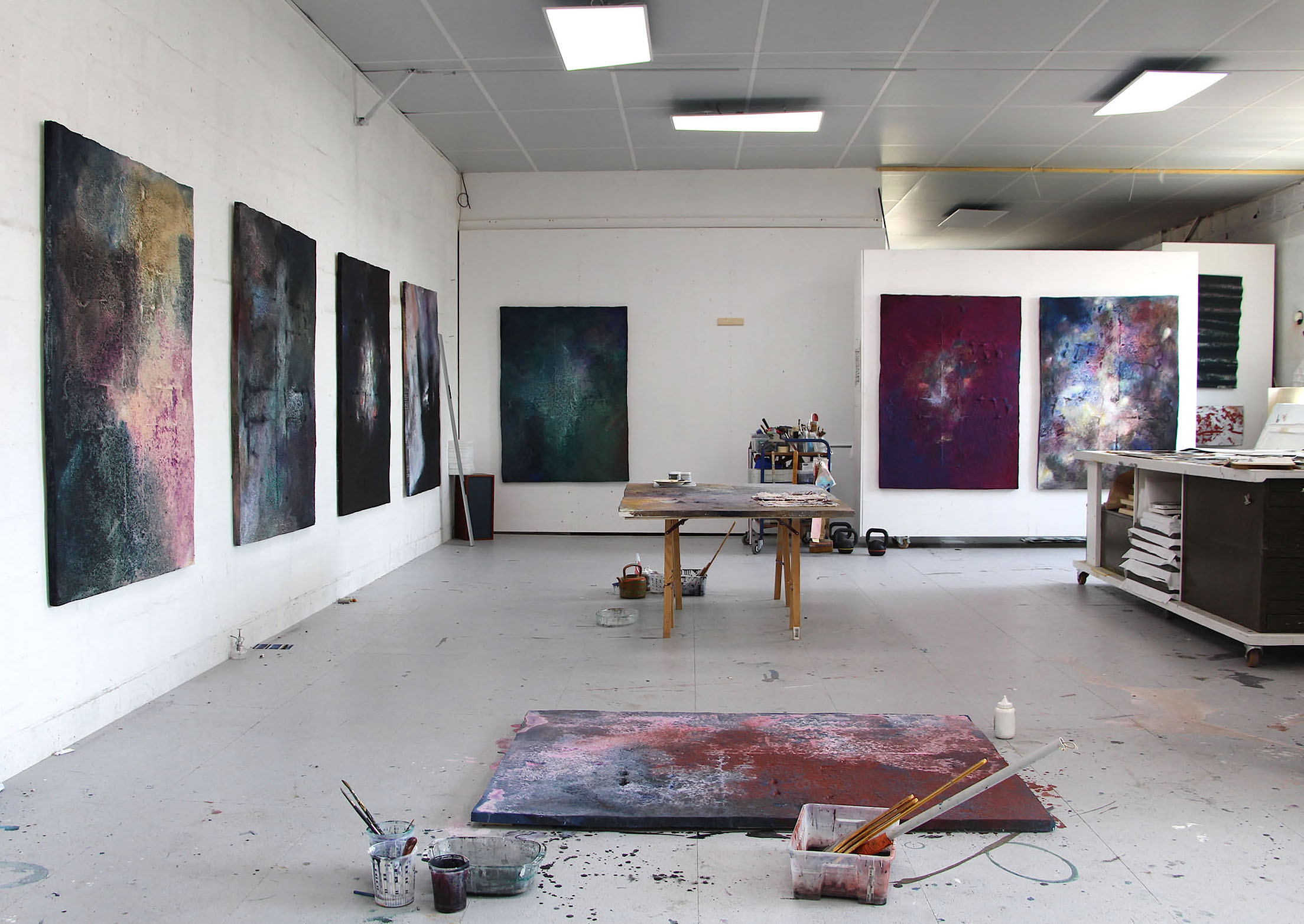
When I was visiting your studio, first thing you did, before starting to work on your paintings, was to put on a record. Is music important for you ?
Yes, I’m very much attached to my music. There is almost always some sound coming from my stereo. When I’m not listening to my records, I am on the radio or an audiobook, the only literature I have time to consume now. I like my records because my siblings, who are much older than me, had a record player that I love but was not allowed to touch. Now I have my own and love the sound and can play with it.
I’ve been listening lately to “Cantos Campesinos” from Isaac Sasson, who plays many instruments from Venezuela, and mixes folk and traditional sounds. Also this fun Turkish band Altin Gün, it get’s me dancing.
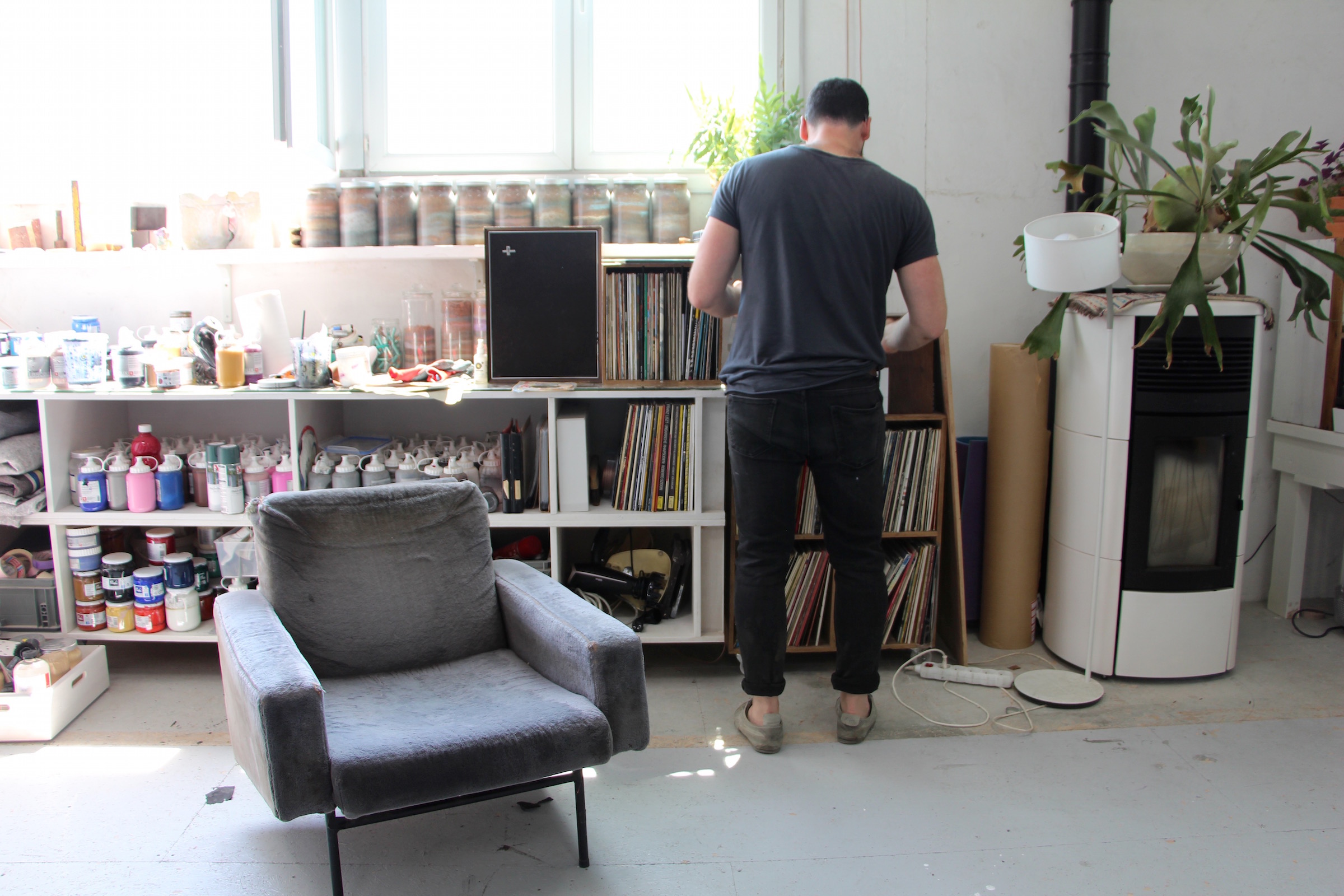
What comes to your mind when you think of Iran?
My perception of Iran is very limited but I can think of rosewater and safran, the prince of Persia (the game that occupied much of my screen-time during the nineties), good friends, beautiful people.
With very different histories, there is a real connection between Venezuela and Iran that I can only wish would go beyond geopolitics and special interests, and focus more in culture and fraternity.
Iran, a place I would very much like to visit.
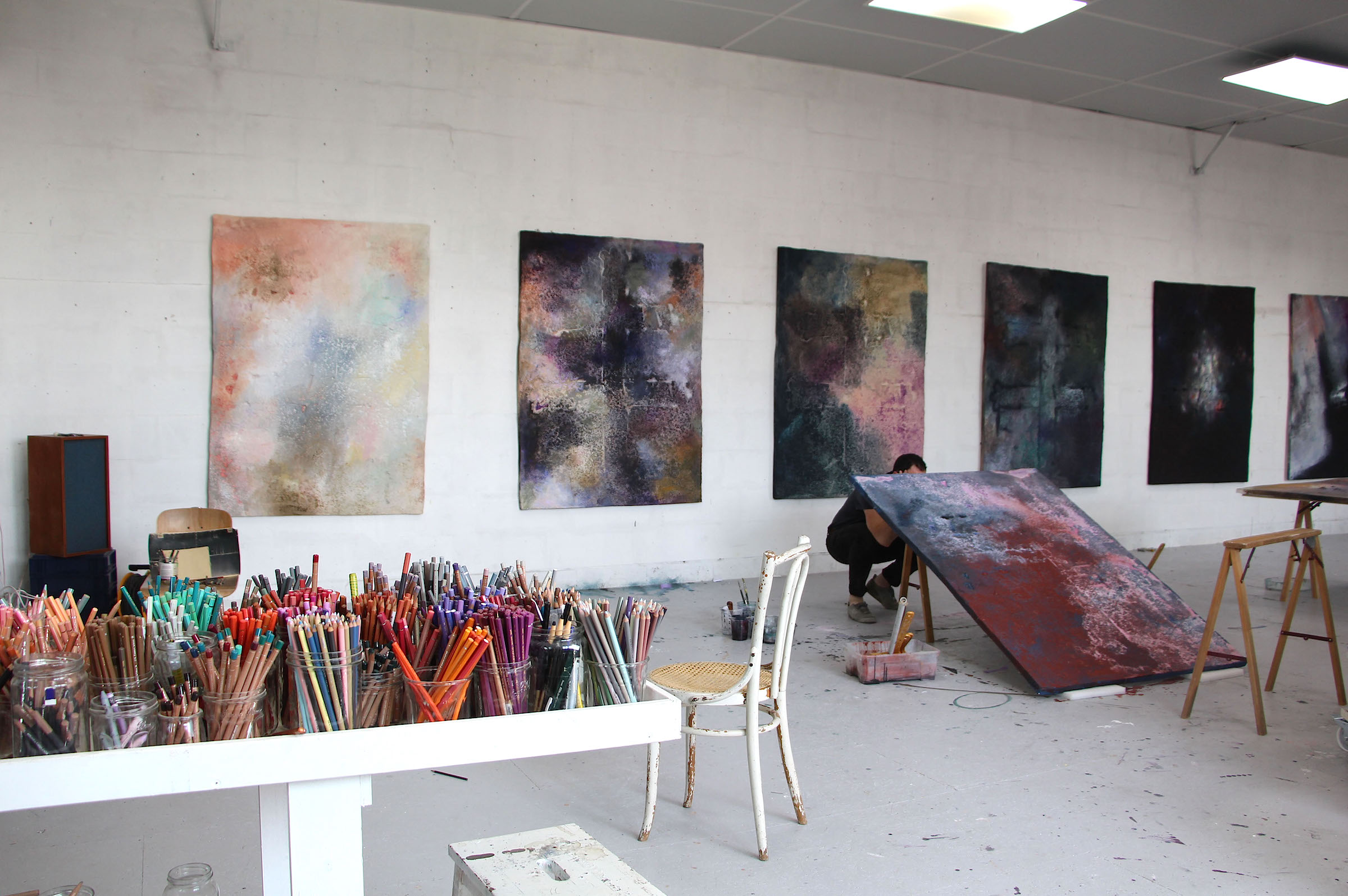
Credits:
Photos by Anahita Vessier
Text: Anahita Vessier
Raul Illarramendi Instagram
Share this post
